HIS WHOLE LIFE IS SPORTS
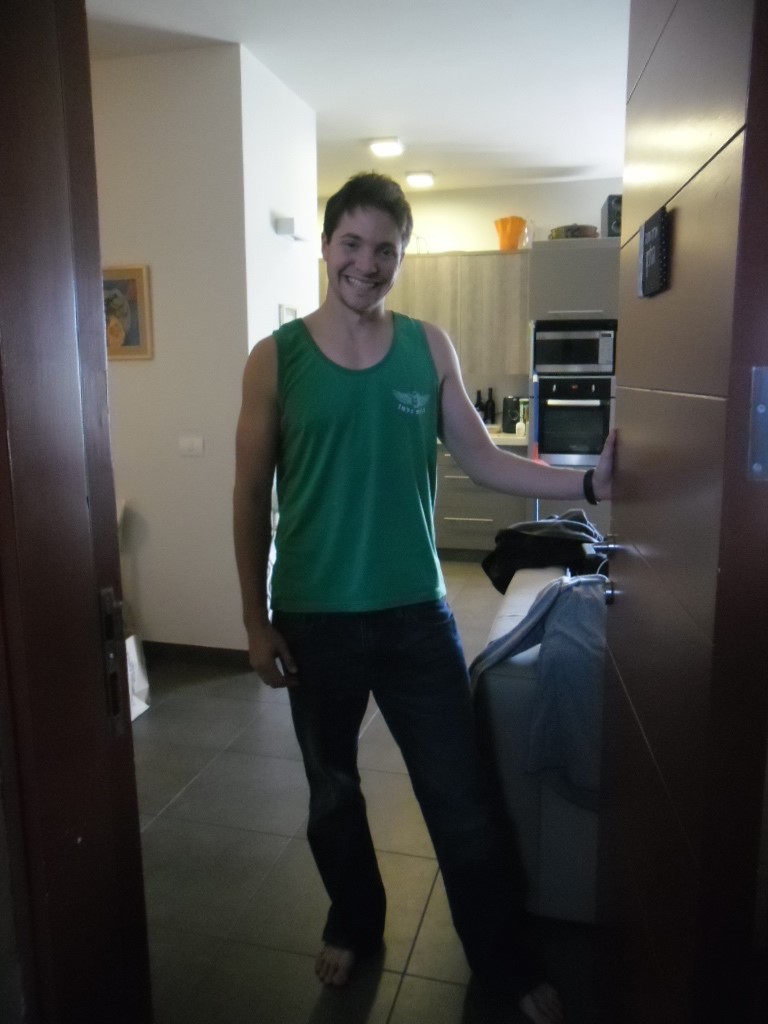
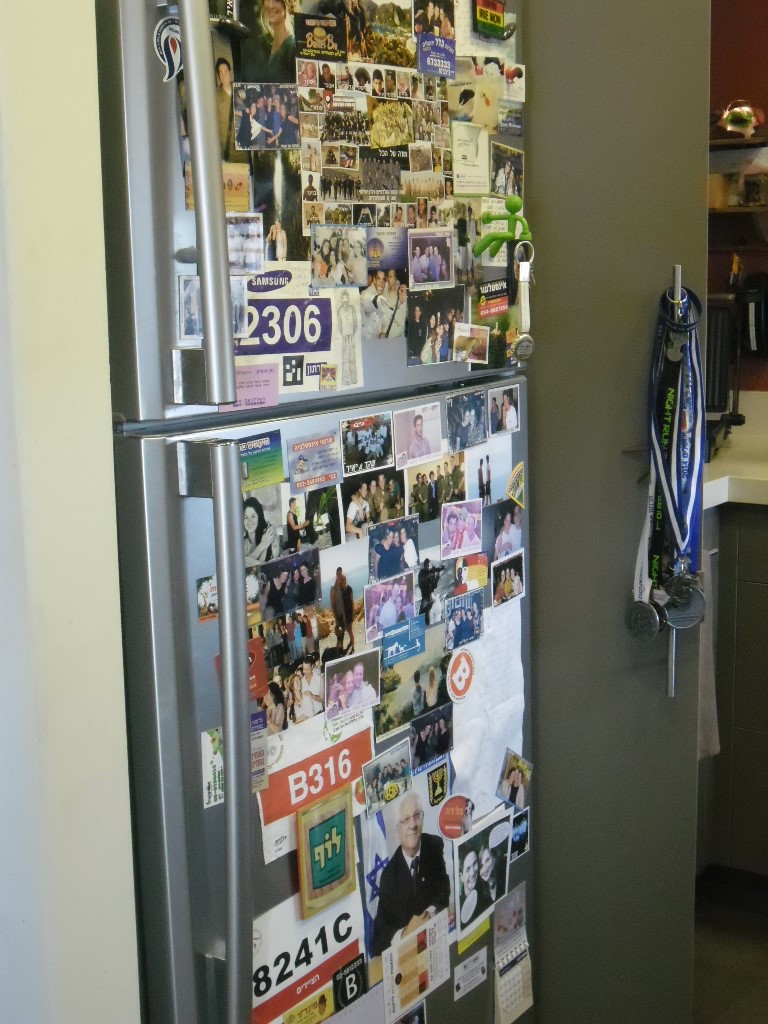
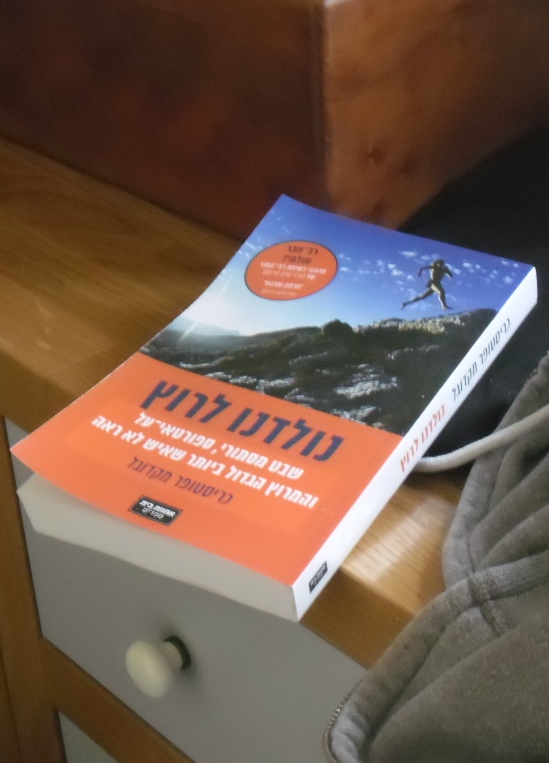
My nephew discovered his athletic prowess in the army. He has chosen a career of imparting his athletic values to others. He is leading the lifestyle of a professional athlete, a point which he returned to over and over again during our brief interview. His apartment, which he shares with his wife, is a series of mini shrines to his athletic pursuits and accomplishments. His office is a motivation room. His spare bedroom is a sports center. His fridge is a display for marathon tags. His pantry door is a trophy holder for medals. His bedside reading is We Were Born to Run. His living room is home to his gym bag and various athletic paraphernalia. His wife doesn’t complain. This kind of dedication brings tears to your eyes. So does the constant pain that accompanies the athletic lifestyle.
DIFFERENT SHOES FOR DIFFERENT SPORTS
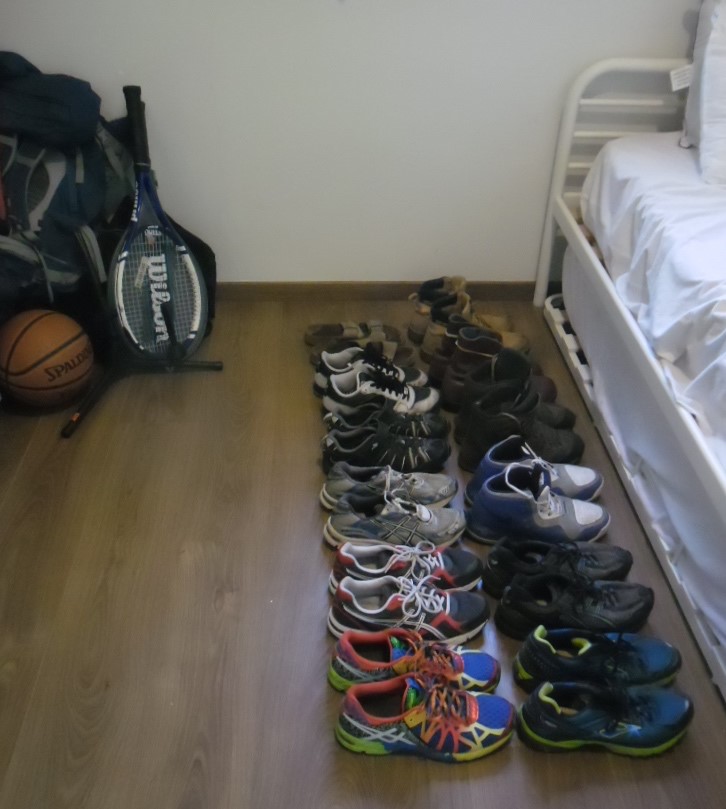 Twelve pairs of shoes does not seem an unreasonable number for an athlete of this caliber. The shoes are lined up in order of increasing importance. Back row left to right are work boots, army boots, trekking boots, basketball shoes, trail runners (non-orthopedic) and trail running shoes with built-in correction for pronation. Front row left to right are summer sandals, walking shoes, biking shoes, historic marathon shoes, light running shoes. When I ask what the last pair of shoes are, I am simply told “these are my babies”. It turns out they are his road running shoes. His 1800 nis custom made orthotics live in this pair when not in use.
Twelve pairs of shoes does not seem an unreasonable number for an athlete of this caliber. The shoes are lined up in order of increasing importance. Back row left to right are work boots, army boots, trekking boots, basketball shoes, trail runners (non-orthopedic) and trail running shoes with built-in correction for pronation. Front row left to right are summer sandals, walking shoes, biking shoes, historic marathon shoes, light running shoes. When I ask what the last pair of shoes are, I am simply told “these are my babies”. It turns out they are his road running shoes. His 1800 nis custom made orthotics live in this pair when not in use.
DIFFERENT ORTHOTICS FOR DIFFERENT SHOES
Low grade pain is this athlete’s steady companion. Pain, he says, it what happens when you challenge your body and understanding it is the key to avoiding injury. When he was a teenager, orthotics solved his knee and back pain and his headaches too and now he never runs or walks without them. He moves them from one pair of shoes to another. He is very sensitive to the tiniest nuance in orthotics. He has one pair of bio-mechanic orthotics. In theory they are good for one year without adjustments and should last five years. He gets them adjusted at six months and every six months after that and they never last the five years. They are for running. He has one pair of SOLE custom footbeds that he got from me which he leaves in his walking shoes. They cost considerably less. He has a folded up tissue (cost: negligible) in his historic marathon shoes. He put it there to limit dorsiflexion the time he ran a marathon with a torn Achilles tendon. He knows it’s a terrible idea, but it worked. I’d like to think he wouldn’t do it again.
GET THE SUPPORT YOU NEED
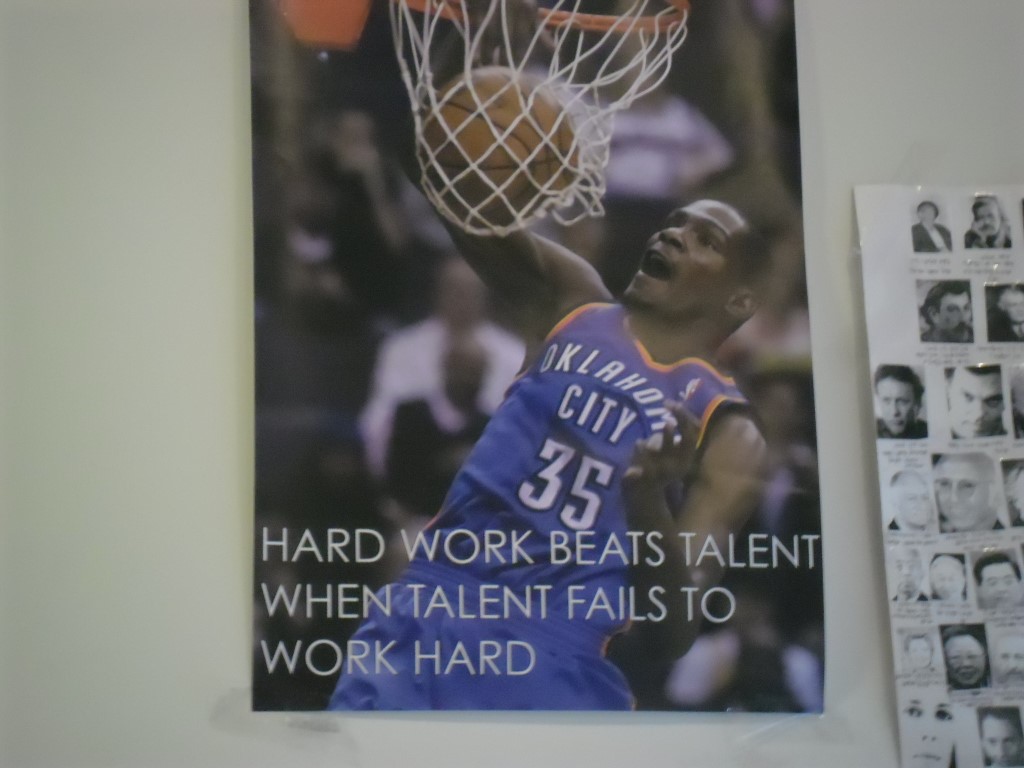 Athletes deserve the best orthopedic support and you probably do too. Find the sport you love and back it up with the correct equipment. Get the appropriate footwear and replace it before it wears out. If you need orthotics or footbeds, wear them every day. Different shoes might require different levels of support. When your body speaks to you, pay attention.
Athletes deserve the best orthopedic support and you probably do too. Find the sport you love and back it up with the correct equipment. Get the appropriate footwear and replace it before it wears out. If you need orthotics or footbeds, wear them every day. Different shoes might require different levels of support. When your body speaks to you, pay attention.

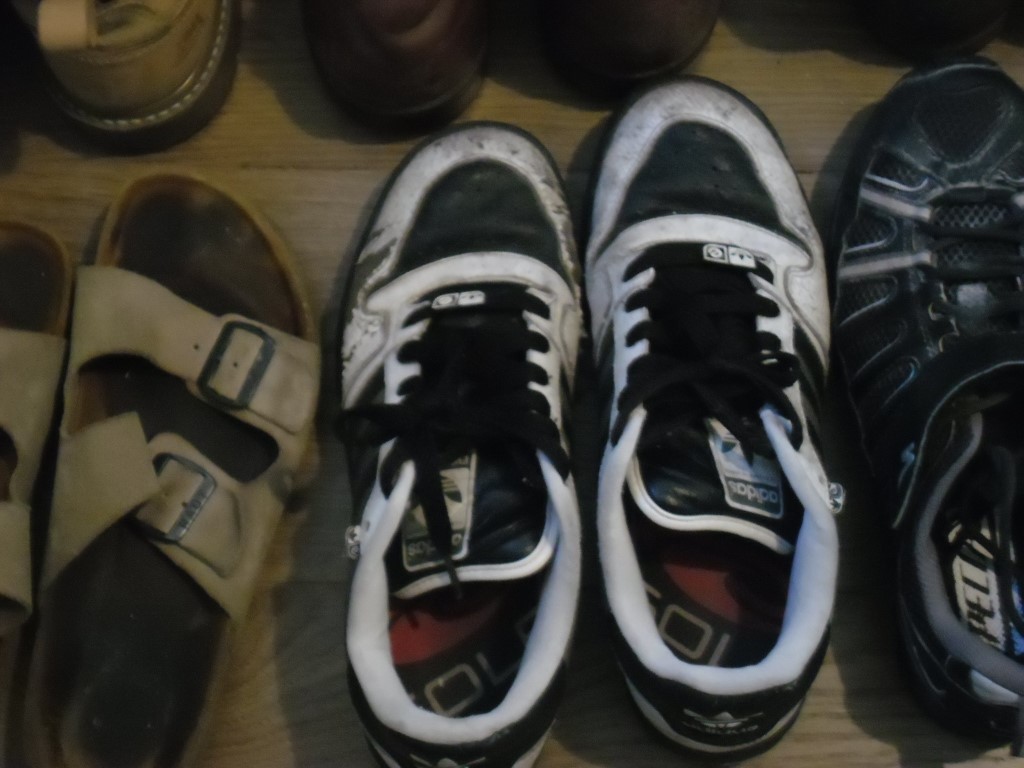

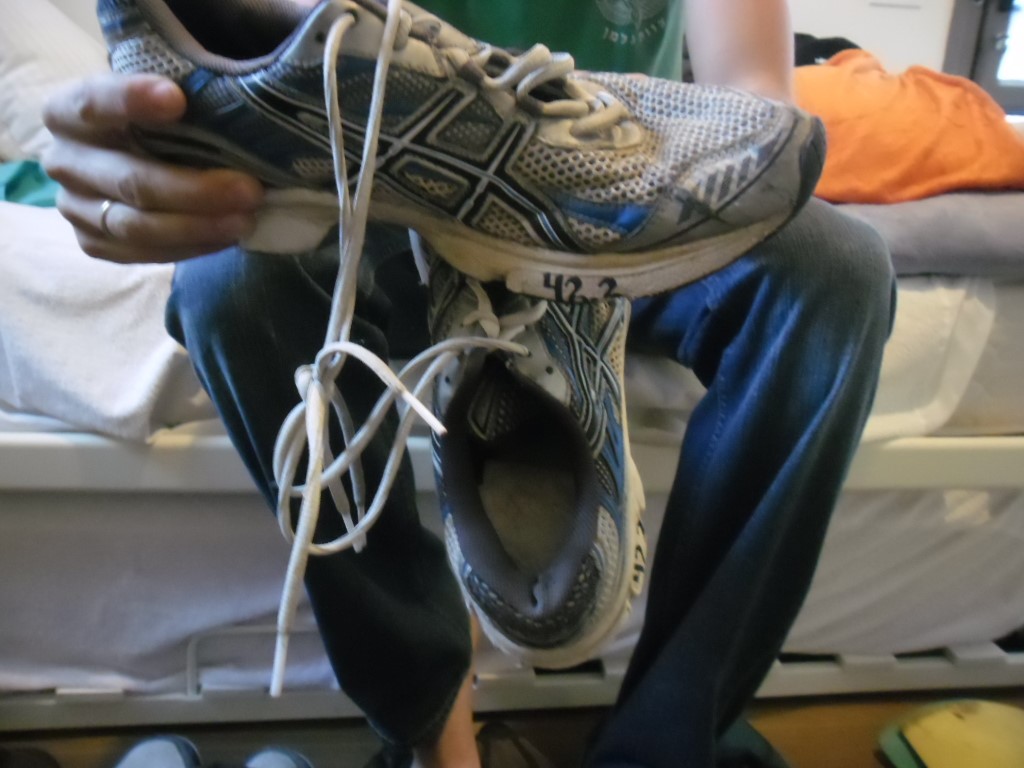


 I have been helping people to sit and move comfortably since 1998. I am always looking for ways to help people improve their relationships with their bodies.
I have been helping people to sit and move comfortably since 1998. I am always looking for ways to help people improve their relationships with their bodies.